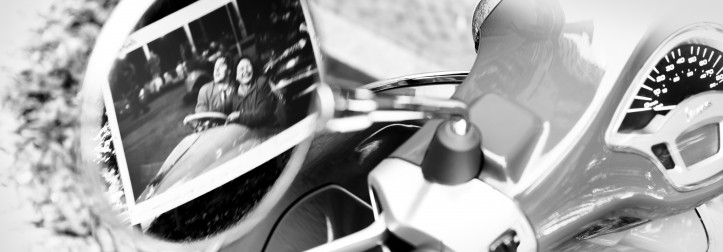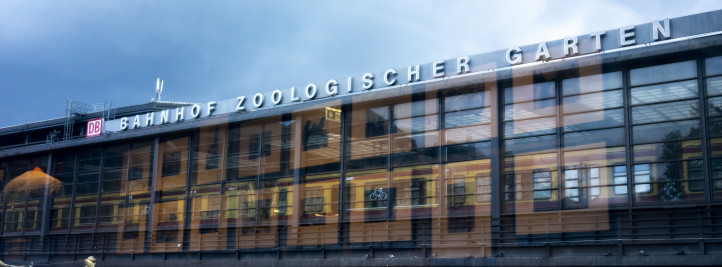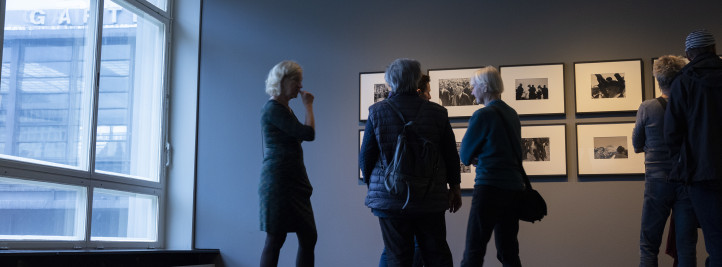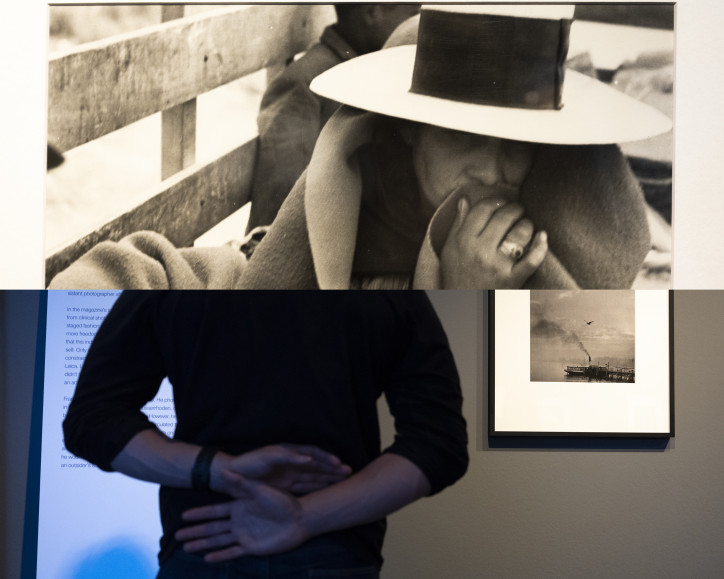
An anthology of out-of-focus photographs that became a masterpiece. An artist whose consistency predated the digital revolution by 50 years. An exhibition that was supposed to be a new opening and became a retrospective. Art historian Anna Diduch and artist Wojtek Wieteska discuss “Unseen”, an exhibition of Robert Frank’s work at the renowned gallery, C/O Berlin.
Anna Diduch: Robert Frank is a cult figure of 20th-century visual culture for me. But I am under no illusions that many people heard about him for the first time just one month ago, from the media coverage of his death. So I wonder seriously: who cares about Robert Frank these days?
Wojetk Wieteska: I think one answer could be as follows: I am a young photographer and I look around at what my contemporaries are doing (as they are the closest). Then I check out what my teachers or other professional artists are into. Then I look at some other, more distant photographer and then the next. Gradually, I widen the spectrum of my interest to other artists until, finally, I discover Robert Frank. I look about me and it turns out that I have scaled the Himalayas.




And at that moment you decide that you will never pick








